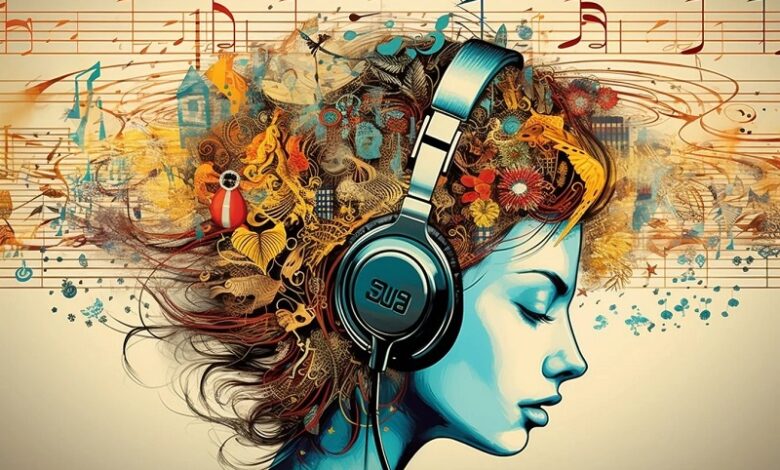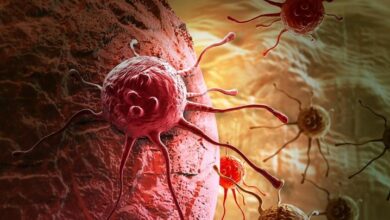Decoding the Brain’s Musical Symphony: Reconstructing Music from Brain Activity

Music, often described as a universal human experience, has the remarkable ability to touch our emotions and ignite our senses. For years, scientists have delved into the intricacies of how the brain processes music, unveiling its profound impact on our neural pathways. Recent breakthrough research, funded by the National Institutes of Health (NIH) and led by Drs.LudovicBellier and Robert Knight at the University of California, Berkeley, has ventured into uncharted territory by attempting to reconstruct music directly from the brain activity it elicits. This pioneering study, published in PLoS Biology on August 15, 2023, opens a new frontier in our understanding of music’s neural underpinnings.
To unravel the mystery of how the brain processes music, the research team embarked on a remarkable journey. They enlisted the participation of 29 neurosurgical patients who were undergoing evaluations for epilepsy. These patients were asked to listen to the iconic song “Another Brick in the Wall, Part 1” by Pink Floyd while electrodes were placed directly on the surfaces of their brains to record neural activity. The scientists sought to establish correlations between the signals from these electrodes and various auditory qualities of the song. Subsequently, they aimed to reconstruct the song using this neural data, marking the first instance of music being reconstructed in this manner.
Intriguingly, the study revealed that a total of 347 electrodes (out of nearly 2,700) across the patients played a significant role in detecting music encoding. Notably, a higher proportion of electrodes located on the right hemispheres (16.4%) demonstrated activity in response to the music compared to those on the left hemispheres (13.5%). This stands in contrast to speech processing, which predominantly elicits responses in the left hemisphere. Regardless of hemisphere, most of the responsive electrodes were concentrated in an area known as the superior temporal gyrus (STG), situated just above and behind the ear.
The reconstructed version of the song, based on data from all 347 significant electrodes, closely resembled the original, albeit with some loss of detail. Notably, the reconstructed lyrics were less clear. The study also revealed that specific patterns of brain activity corresponded to distinct musical elements. Short bursts of activity across various frequencies coincided with the onset of lead guitar or synthesizer motifs. Sustained activity at very high frequencies emerged when vocal sections were heard, while another pattern aligned with the notes of the rhythm guitar. These patterns were discernible within the STG, with electrodes detecting each pattern clustered together.
In a bid to pinpoint the brain regions most crucial for accurate song reconstruction, the researchers conducted experiments by removing signals from specific electrodes. The removal of electrodes from the right STG had the most pronounced impact on the accuracy of reconstruction. Interestingly, it was also found that music could be accurately reconstructed even without utilizing the entire set of significant electrodes, as nearly 170 of them had no discernible effect on accuracy.
These groundbreaking findings lay the foundation for potential applications in the realm of brain-computer interfaces. Currently, such interfaces have been designed to assist individuals with disabilities that hinder speech communication. However, the speech generated by these interfaces often lacks a natural, human quality, sounding robotic in nature. The incorporation of musical elements into these interfaces could potentially yield more authentic and natural-sounding speech synthesis.
Dr. Robert Knight emphasizes the significance of this research by highlighting music’s inherent prosody, encompassing rhythms and intonation, as well as emotional content. As the field of brain-machine interfaces continues to advance, this study may pave the way for infusing musicality into future brain implants designed for individuals grappling with disabling neurological or developmental disorders that impair speech. Dr. Knight notes, “It gives you an ability to decode not only the linguistic content but some of the prosodic content of speech, some of the affect. I think that’s what we’ve really begun to crack the code on.” This exciting research could mark a transformative moment in the integration of music and neuroscience, unlocking new possibilities for enhancing human communication and expression.
News Mania Desk / Agnibeena Ghosh 6th September 2023






